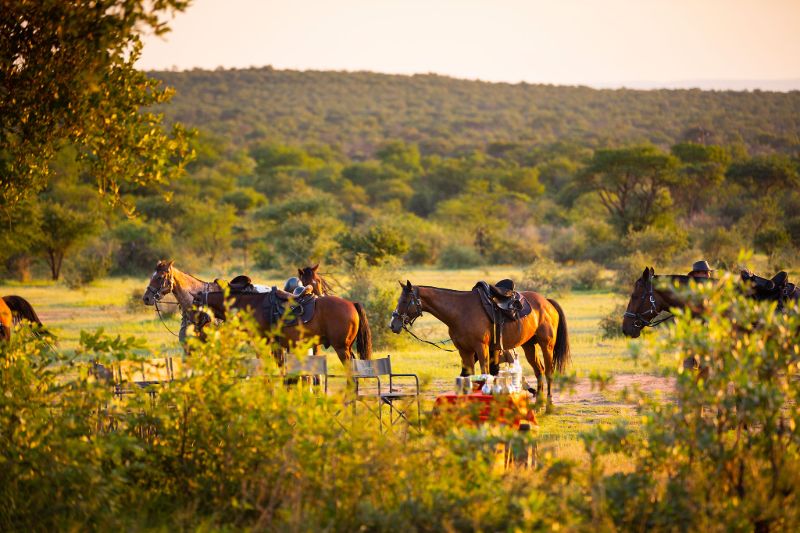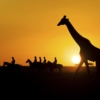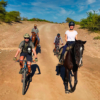As a horseback safari travel agency, horse welfare is extremely important to us. On launching African Horse Safaris, we agreed that we would only work with operations who meet our high standards of horse care and standards of living.
More Than Pets
Horseback safari horses are not simply pets, they are animals with a job, and therefore they should be considered an integral, crucial and extremely valuable asset to any operation. As Andrew Gillies, lead guide of our Namibia safaris states, “we are nothing without our horses, they are the business, and as a result they must be treated with extreme care and respect”
Safari Horse Welfare
As fellow horse enthusiasts, we know that horse welfare will also be at the forefront of your minds when booking a horseback safari. As a result, we thought it would be beneficial to describe the lives of the safari horses at several of our leading operations.
Our Namibia Rides
Our Namibia operator is home to 3 different ‘herds’ of horses. Their guides, and back-up team will work almost back to back over the safari season, but the horses will not. Each safari is run with the different herds interchanging. Herd 1 will complete an 8 day safari, and then get let out to graze freely for around 5 weeks whilst herds 2 and 3 take over, before returning for their next 8 day safari. The horses maintain their fitness level for 6 weeks, allowing them to rest but not lose muscle tone.
We really like this idea as it means the horses are always excited to be setting out and are raring to go every morning. The whole herd will go on the trip – meaning there’s always extra horses and anyone who needs a break, can have one.
The horses are fed 4 times a day, have a decent lunch break, and are watered regularly. The safaris don’t run over the hottest seasons, so midday temperatures rarely exceed 25degrees.
The Namibia rides have a 4 month period where they don’t operate and the horses go on rest. They have no human contact for 3 months, before being brought back into work and fitted up for the next safari season.
Riding at The Ant Collection
Stabled on a stunning reserve in the middle of the Waterberg, Ant’s horses live a wonderful life. Their herd of 90 horses, split between the 2 properties, are fed twice a day in stables but otherwise roam freely throughout the reserve.
On returning from a morning ride, or after reaching that evening’s sundowner spot, you simply step down from the saddle, un-tack and let your horse go free. Our four-legged friends then wander off into the sunset, taking themselves home for dinner, before spending the night in the bush.
This lifestyle is not only great for the horses; it is also great for safari. The horses and wildlife are very much accustomed to one-another, allowing for some incredibly close and exciting game viewing.
Riding in the Okavango Delta
In the Delta, their 45 horses spend the day out in pasture before being tucked away in the safety of their enclosed barn stables – to avoid any passing predators!
With such a large herd, the horses are always fresh and up for a good ride. They manage this through a careful system by which, each rider will try several horses over their stay. You will have one horse for your morning ride, and then switch to another for the afternoon ride – a shorter and more relaxed ride. The following morning, you will take out your afternoon horse and switch again after lunch… and so on and so forth. This excellent system means the horses aren’t ridden more than once a day and only do a longer, faster ride, every other day.
As all our safari operators have horse welfare at the forefront of their business, and recognise the integral role they play… We’d vote that life as a horseback safari horse ain’t half bad!









